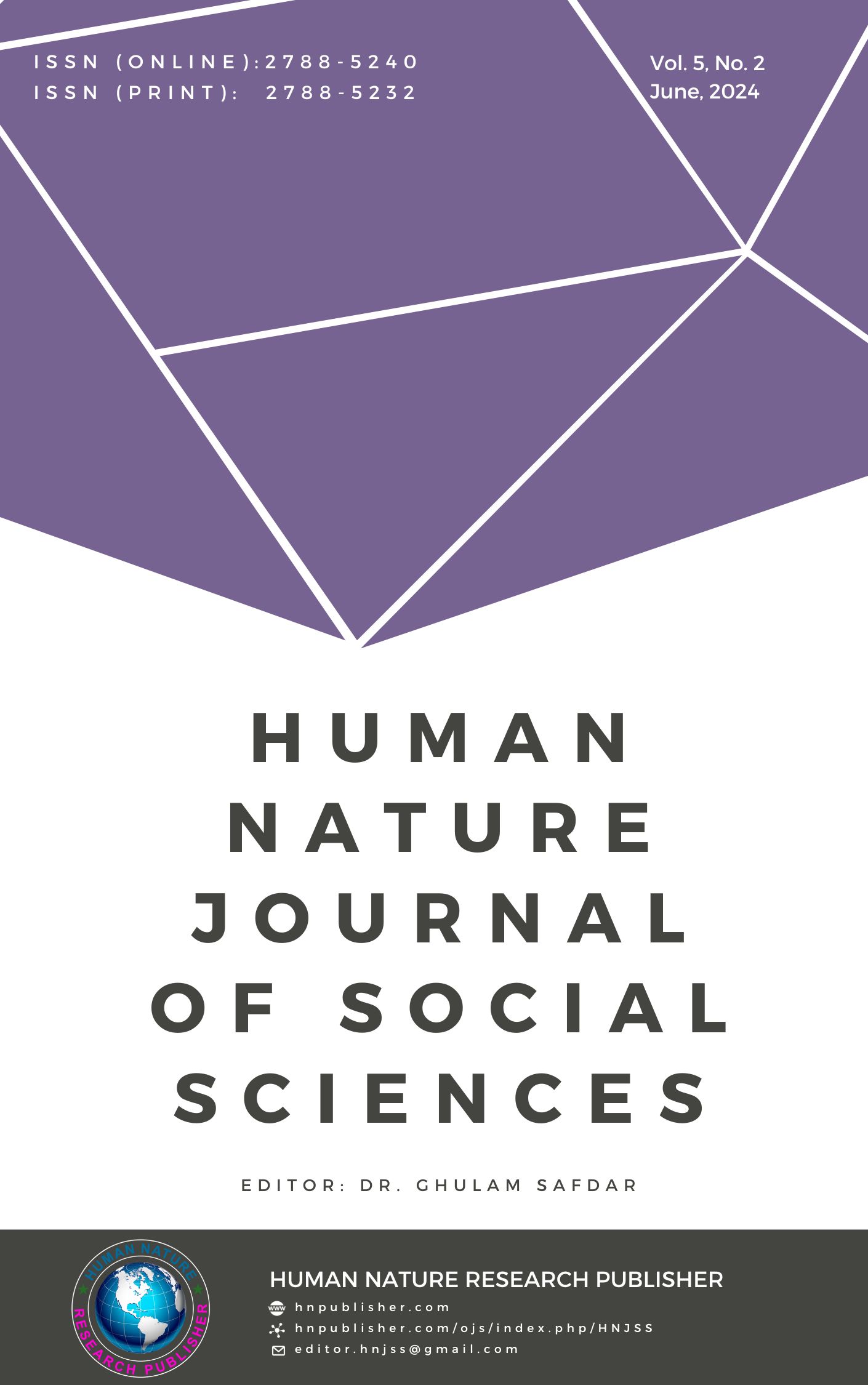Impact of the Digital Divide on Learning Outcomes of Students in Higher Education Institutes
DOI:
https://doi.org/10.71016/hnjss/7jn1nt52Keywords:
Digital Divide, Digital Equity Gap, Digital Access, Technological Proficiency, Learning Outcomes, Higher Education InstitutesAbstract
Aim of the Study: The digital divide, characterized by unequal access to digital resources and technologies, poses significant challenges to students' learning in higher education institutes. This research study investigates the impact of the digital divide on learning outcomes of students in higher education.
Methodology: Through a comprehensive literature review and empirical analysis, the research explores the disparities in digital access, technological proficiency, and utilization of digital tools among students. It also examines the relationship between the digital divide and academic achievement, engagement, and overall learning outcomes. In this descriptive study the data were collected from 300 university students (ADP and BS programme) in Gugranwala District by using stratified random sampling technique.
Findings: The findings throw light on the detrimental effects of the digital divide on students' educational experiences, and provide insights for policymakers and educators to bridge the gap and foster equitable learning environments.
Conclusion: It was recommended that Higher Education Institutes (HEIs) should make digital literacy and computer skills, a mandatory requirement, for all degree programs.
Downloads
Published
Issue
Section
License
Copyright (c) 2024 Anwaar Ahmad Gulzar, Dr. Ziarab Mehmood, Ijaz Ahmad (Author)

This work is licensed under a Creative Commons Attribution-NonCommercial 4.0 International License.








